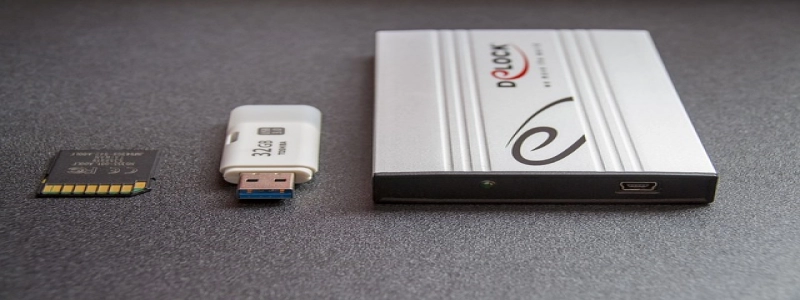Cat6 Ethernet Speed
Introduction:
In today’s ever-evolving digital world, having a reliable and fast internet connection is crucial. One way to achieve this is by using Cat6 Ethernet cables. Cat6 cables are known for their impressive performance and high-speed capabilities. In this article, we will delve deeper into the speed aspect of Cat6 Ethernet cables and explain why they are superior to their predecessors.
I. What is Cat6 Ethernet Cable?
Cat6 Ethernet cable, also known as Category 6 cable, is a type of twisted pair cable used for Ethernet connections. It is an upgraded version of the previously used Cat5 and Cat5e cables. Cat6 cables consist of four pairs of copper wires, with each pair tightly wound and separated by a plastic separator. These cables are backward compatible, meaning they can be used in devices that support lower categories.
II. Speed Capabilities of Cat6 Ethernet Cables:
Cat6 Ethernet cables are designed to offer much higher speeds compared to their predecessors. They are capable of supporting data transmission at speeds of up to 10 Gigabits per second (Gbps). This makes them ideal for high-bandwidth applications such as online gaming, video streaming, and large file transfers.
III. Factors Affecting Cat6 Ethernet Speed:
While Cat6 Ethernet cables are designed for high-speed performance, certain factors may influence the actual speed achieved in a network setup. Some of these factors include:
a) Cable Length: The longer the cable, the more resistance and signal loss it experiences. Therefore, longer Cat6 cables may not be able to achieve the maximum speed of 10 Gbps. It is recommended to keep cable lengths below 55 meters for optimal speed.
b) Interference: Cat6 cables are susceptible to interference from neighboring electrical cables, fluorescent lights, and other devices. Interference can affect the signal quality and degrade the speed. To minimize interference, cables should be properly shielded and routed away from potential sources of interference.
c) Network Equipment: The speed of a Cat6 Ethernet connection is also dependent on the network equipment used. It is essential to have compatible routers, switches, and network cards that support Gigabit Ethernet for achieving maximum speed.
IV. Benefits of Cat6 Ethernet Cables:
a) Faster Data Transfer: With a speed of up to 10 Gbps, Cat6 cables provide lightning-fast data transfer, reducing lag and improving overall network performance.
b) Future-Proofing: Investing in Cat6 cables ensures that your network infrastructure is ready for future advancements in technology. It provides a higher bandwidth capacity that can handle emerging data-intensive applications.
c) Improved Signal Quality: Cat6 cables’ tighter twisted pairs and better insulation help reduce crosstalk and electromagnetic interference, resulting in improved signal quality and reliable connections.
Conclusion:
Cat6 Ethernet cables offer exceptional speed capabilities compared to their predecessors, making them the ideal choice for high-bandwidth applications. By providing faster data transfer, future-proofing network infrastructure, and ensuring improved signal quality, Cat6 cables are a reliable solution for achieving a reliable and fast internet connection.








